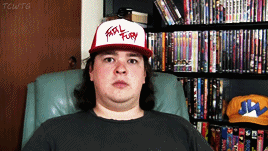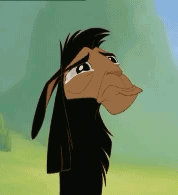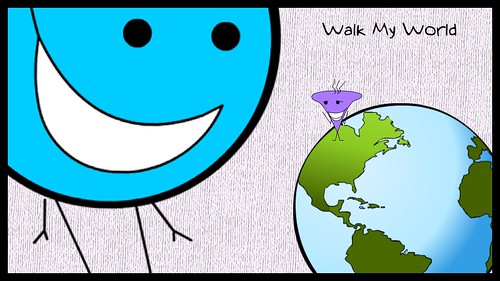Frank Levy and Richard Murnane
This is also important. By citing who Warschauer cites Shawna traces the perspectives and bias in the piece.
Once again this is done succinctly with a predicatable text structure requiring minimal inferences on part of the reader.
Plus its done in a way that doesn't make you want to pull your eyes out from boredom. That is the real hard part.
Concise Creativity




 OMG
OMG